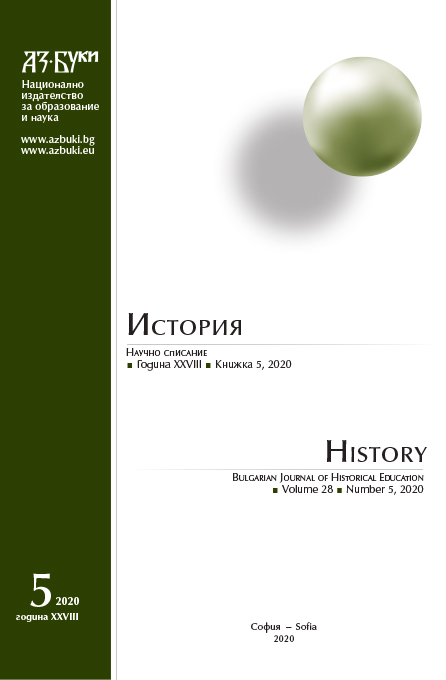
We kindly inform you that, as long as the subject affiliation of our 300.000+ articles is in progress, you might get unsufficient or no results on your third level or second level search. In this case, please broaden your search criteria.

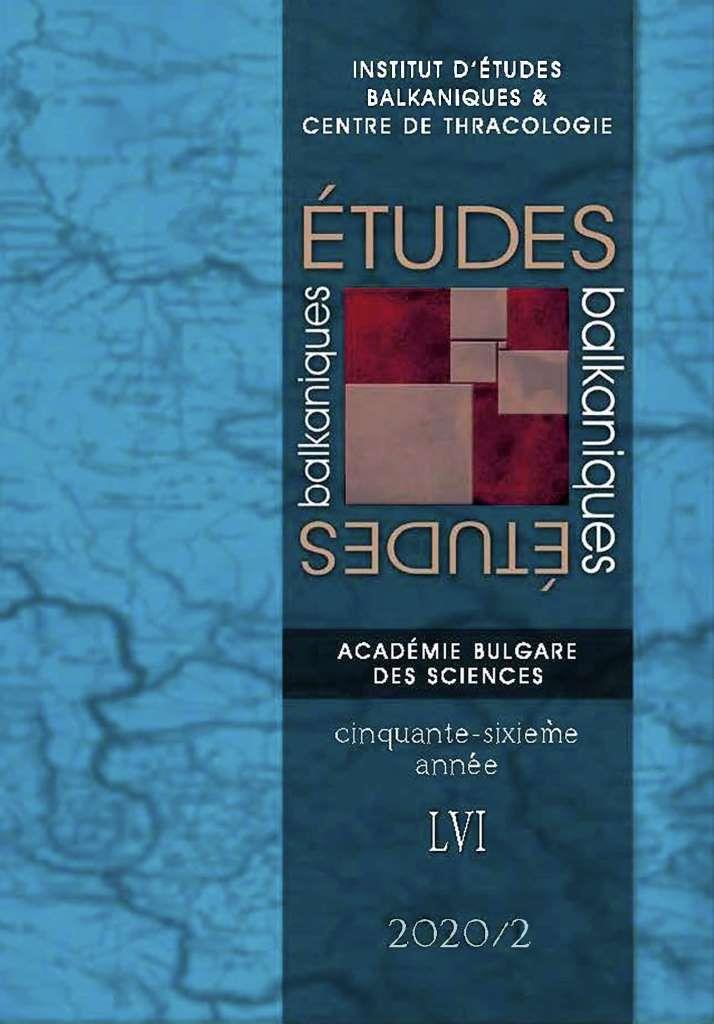
Despite the fact that urban modernity and modernization in the Balkans has been a celebrated topic among social and cultural historians and historians of architecture and urban planning, the dimension of sound has been almost entirely absent from these discussions. The present paper is based on fresh research aiming to fill this gap. It initiates a comparative inquiry about the sonic environment of three Balkan capital cities (Belgrade, Sofia and Athens) during their transition to the industrial era. It offers a panorama of testimonies on the various dimensions, factors and actors creating and transforming the fin-de-siècle Balkan capitals’ soundscape (the role of climate and built environment, the natural and biological keynote sounds, the sounds of street vendors and musicians and the mechanical sounds of trams and motorcars). It finally demonstrates, through the example of the noisiest of the three cities, i.e. Athens, the importance of the “soundscape” as a field of signification and socio-cultural conflict in a transitional period for the Balkan city.
More...
This article examines and analyses the degree of succession among the settlements which existed in the pre-Ottoman and the Ottoman period in the northern hinterland of the city of Adrianople /Edirne/ in the period of 14th – 16th century; the changes in their status which occurred after the establishment of the new Ottoman authority and the demographic development changes of the Muslim and non-Muslim population in the settlements. The present survey highlights three settlements – Skutarion, Bukelon and Provaton which in the Middle Ages were part of a group of castles protecting Adrianople from the North. After the conquest of the Balkans and their inclusion into the Ottoman military – administrative system their status changed and the three castles were transformed into centers of administrative units. Our conclusions draw on the achievements of contemporary historiography and on information, found in unpublished Ottoman tax registers from the collections of the Ottoman archives in Istanbul (Başbakanlık Osmanlı Arşivi).
More...
The Balkan Wars put an end to the Bulgarian presence in Salonica, but not to the Bulgarian imagination relative to the city. Almost until the second decade of the 20th c. Ottoman Salonica used to be a bigger, richer and more modern city than the Bulgarian capital. It evoked much feeling and interest among Bulgarians, who saw in it many economic, political and cultural opportunities. For Bulgarians, however, Salonica was primarily linked with their freedom fighting, so its image is dominated by themes of death and self-sacrifice, of fear and courage, of prisons and concentration camps. To them it is simultaneously a city of prisons and a city of light, a city of youth and nostalgia, of education and pogrom, of economic opportunity and wasted effort.
More...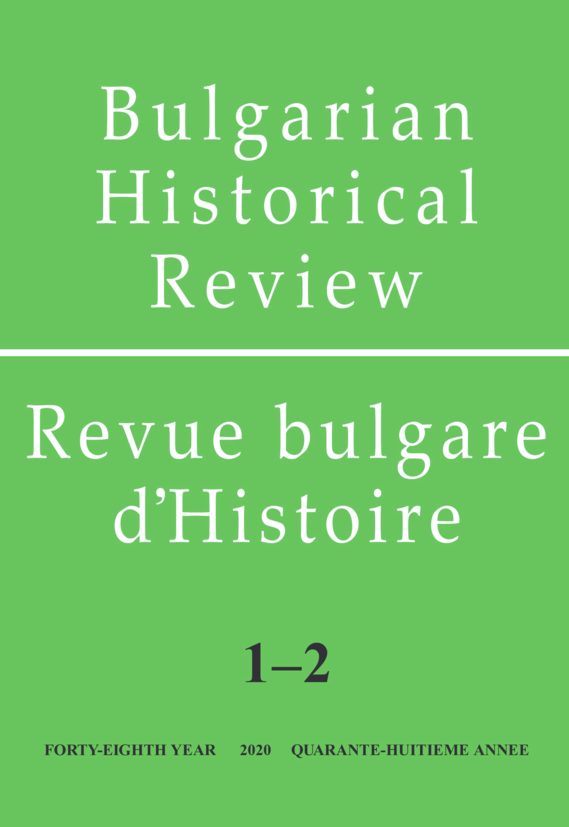

In the past one feels at home. One comes from that home, where the ones before him are, to go back one day and become one of them, a home for those that are to come. Think of it, that home is in one and one is that home. That’s why the past is cozy. Our awareness of the past is rooted in memory. Memory permeates all aspects of our life. Even our present is largely dedicated to memory, insofar as we spend a great part of it in fortifying our ties with the past. Our memory of the past is an indispensable condition for our sense of identity. We need the collective memory, i.e. the recollections of others, in order to affirm our own recollections, and in this way give them value. The opposite is also fully true, for life is fundamentally dialogical and the discovery of self is unthinkable without the others. If memory and history are processes penetrating the past, the vestiges of the past would put one on the track of processes that have produced that past. Often such traces are sparse, which makes them all the more valuable. Sometimes a few old photographs are the only remnants that have remained in place of one’s roots. In other cases only recollections replace places left long ago. Well, such places don’t have to be outstanding in order to be unforgettable. For many Bulgarians Salonica is just that kind of place. But Salonica is not some ordinary, unremarkable and insignificant city.
More...
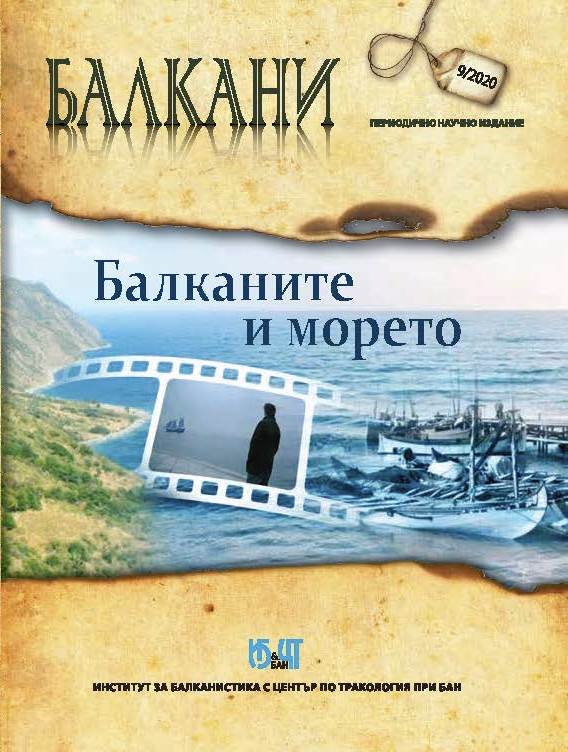
In 2020, Bulgarian mountaineering celebrates 125 years since its inception. It began on August 27, 1895 with the first mass ascent of Cherni Vrah (2290 m), the peak of Vitosha Mountain, located near the capital of Bulgaria – Sofia. This was initiated by two of the most popular Bulgarian writers and public figures in that era – Aleko Konstantinov and Ivan Vazov. Thus, only three decades after the establishment of the Alpine Club in London (1865), which marked the beginning of modern mountaineering, and only 17 years after the liberation of Bulgaria from Ottoman rule (1878), Bulgarians adopted a modern European idea, which at that time still inspired the continent. For various reasons, the mountaineering association, established in 1895 ceased to exist, but mountain tourism continued to develop as a free initiative. In 1899 the First Bulgarian Tourist Association „Aleko Konstantinov“ was founded in Sofia, similar companies appeared in other cities of the country and thus a permanent organization was created under the name Bulgarian Tourist Association (BTA). Although the first companies were called „tourist“, the main place in their activities was occupied by classical mountaineering.Apart from organized excursions in the mountains, BTA developed active cultural and educational activities for the promotion of mountaineering and tourism, for a healthy lifestyle and for the protection of Bulgarian nature. To this end, in 1902 the monthly magazine „Bulgarian Tourist“ started to be published, as an official body publication of the BTA. An important place in the ideology of Bulgarian mountaineering then occupied the neo-Slavic movement and therefore consequently at the Slavic Congress in Sofia in 1910 the issues of „Slavic tourism“ became part of the agenda. In 1912, on the eve of the Balkan War, BTA united 12 companies (branches) with 650 regular members. The majority of them were people of culture, science and art, teachers and civil servants, representatives of the middle class. Military officers on active duty, and from the reserve of the Bulgarian army, also took an active part. Although relatively smaller in number, from the very beginning women have also participated in the Bulgarian mountaineering and tourist movement. The tradition established in 1895–1912 became widespread and developed rapidly after the First World War.
More...
The article examines the “spiritual landscape” of modern Sofia and particularly – the place of the “sacred mountain” in the ideas and ritual practices of various occult communities that existed in the city from the late 19th to mid-20th century. Based on various sources the social construction of the sacred space (its borders, functioning and use) is studied. The main research question, explored by methods of history and cultural studies, is the importance of these formations, considered marginal subcultures, products of foreign cultural influences or followers of inherited spiritual tradition, in the Bulgarian “spiritual landscape”.
More...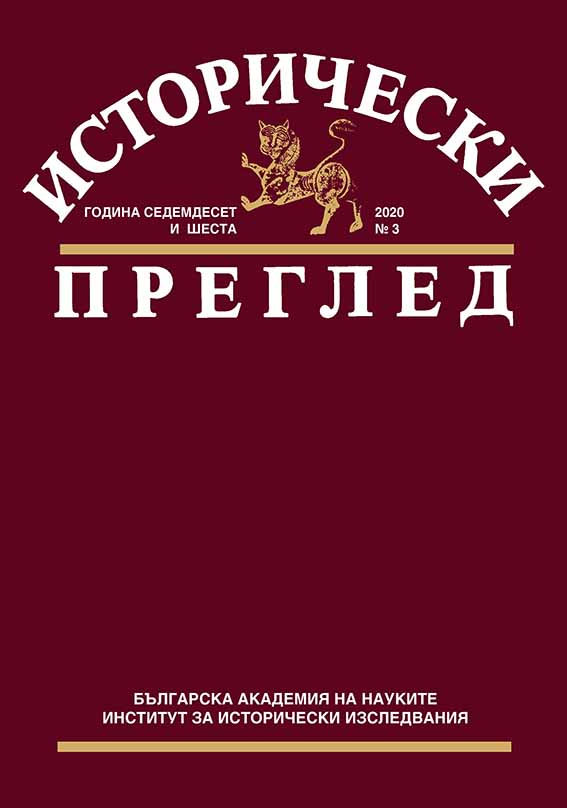
The two authors dwell on the much commented in recent years interesting medieval Fortress of Urvich near the village of Kokalyane in the vicinity of Sofia. According to the findings of the archaeological excavations, a fortification was built on the steep slope as early as the 4th–6th centuries to safeguard the important road. Abandoned in the time of the Barbarian invasions, it was reconstructed during the First Bulgarian Empire in the 10th–11th centuries. The fortification developed rapidly and flourished particularly during the Second Bulgarian Empire in the 12th–14th centuries. There are documents evidencing that Urvich was involved actively in the defence of Sofia against the Ottoman invasion and suffered the same unfortunate fate as the big city. The excavations show that in the 15th–17th centuries an important Christian monastery was founded on the ruins of the fortress; the monastery was burnt to ashes by the Ottomans during the Bulgarian uprisings inspired by the Austro-Turkish Wars in the late 17th – the first half of the 18th centuries. Information from various historical sources on the fate of the Urvich Fortress is gathered and analysed in this article. The earliest is a seal from the 11th century, belonging to the Byzantine aristocrat Nikolay Οὐρβίτζιον – the Greek spelling for the Bulgarian “Urvich”. Worthy of note is the rich Bulgarian folklore tradition, describing the resistance of the Bulgarians against the Ottoman invasion, where the Urvich Fortress is repeatedly mentioned. In this regard, it is mentioned also in the Slavo- Bulgarian History completed in 1762 by Paisius of Hilendar. A definite contribution of the two authors is the discovery that Urvich was mentioned as Oruitro in several Western European travelogues and road maps from the 17th and18th centuries. Their descriptions and designations make it clear that at that time the walls of the ancient fortress were preserved in good height, and that there was a “beautiful monastery” within the walls. This description corresponds and corroborates fully the data from the archaeological excavations.
More...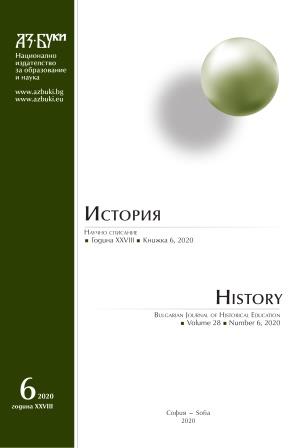
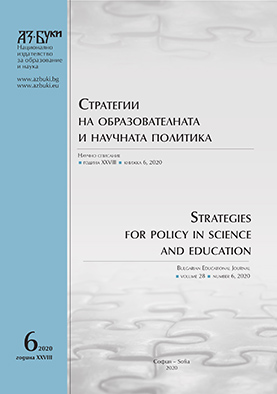
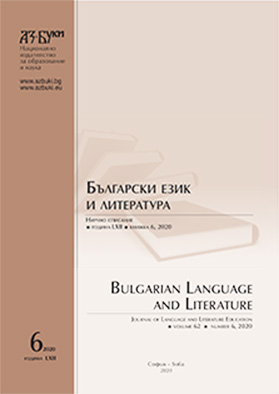
The object of research in this article is the phenomenon of sponsorship in Bulgarian book printing during the Revival, and more specifically in the bilingual phrasebooks. An overview of the printed phrasebooks during the Renaissance is presented, with a focus mainly on French-Bulgarian phrasebook by Ivan Naydenov of 1858, which established itself as a classic example of the genre. Data from a similar study highlights issues related to the Bulgarians' interest in learning foreign languages, their preferences for a particular language and the textbooks through which it is studied, their reception and sponsors.
More...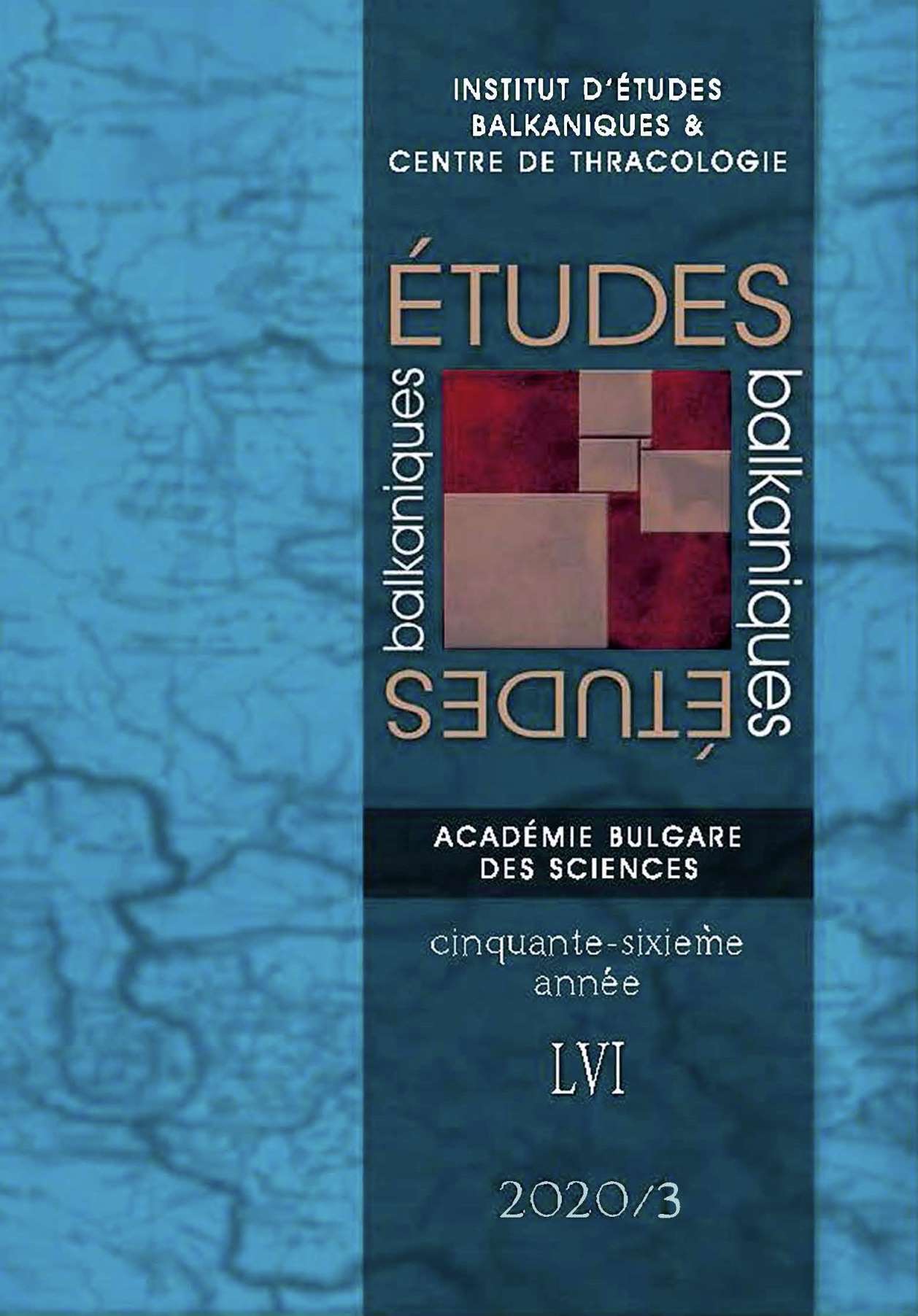
The fate of the representatives of these two categories of population in three towns of today’s Bulgaria (Plovdiv, Sofia and Vratsa) is followed in the article on the basis of several unpublished Ottoman registers of voynuks and falconers from the Central Balkans from the 16th century. Their social and economic status, as well as their service lands, and their ethnoreligious and organizational structure are examined. As far as the source basis allows it, an attempt was made to show the reflection of the urban life on the livelihood and the way of living of these Christians. Although voynuks and falconers were predominantly rural population, permanently bound to agriculture through their service lands (bashtinas), in the 16th century we also find their presence in the towns of the Central Balkans and, in particular, in the Bulgarian lands. Some of the voynuks and falconers had actually been residents of the towns for a long time. But data from the registers shows that most of these people were in fact migrants from villages in the region around large towns which were directly linked to town markets. Very often the service lands of voynuks and falconers were still in one of the nearby villages, although their owners had permanently settled in towns. It is possible that those voynuks and falconers, who had long lived in towns, also had rural descent. As the voynuks and falconers who settled in towns were predominantly Orthodox Bulgarians, their settlement was around the roads on which towns were gradually becoming Bulgarian or the numbers of the Bulgarian Orthodox community was kept constant. Voynuks and falconers who permanently settled in towns adapted to the town’s trade and artisanal lifestyle. This is proved by the fact that sometimes their service bashtinas included their trade and craft shops and only a few vineyards, orchard and vegetable gardens in the complete absence of arable lands ( fields). This shows that they relied entirely on craftsmanship, trade and the markets of large towns to provide for their families.
More...
The most influential Protestant society which operated in the Ottoman Empire was the American Board of Commissioners for Foreign Missions. Its mission station in Monastir (Bitola) was active from 1873 to 1920. There were several aspects of the Protestant activities in the town: evangelistic, educational, literary, medical and relief work. The mission was oriented predominantly towards the Bulgarian population. In addition, the Americans attempted to widen their missionary field, the Albanians being the most responsive. The greatest achievements of the Protestant Mission in Bitola were the establishment of the American Girls’ Boarding School and the Bulgarian Evangelical Church.
More...
The text deals with the peculiarities of the funeral ceremonies for members of the ruling families from the Third Bulgarian Kingdom. After the Liberation of Bulgaria, four members of the sovereign families have been buried on the territory of the country – Prince Alexander I of Battenberg in 1893, Princess Maria Louise in 1899, Queen Eleonore in 1917 and Tsar Boris III in 1943. The establishment of a new funeral culture in the Bulgarian cities after the Liberation takes place within the framework of the collective cultural processes caused by the shift in the socioeconomic conditions. Following the untimely death of Prince Alexander I of Battenberg and the fulfillment of his death wish to be buried in Bulgaria, a norm for royal burials, which until now did not exist in the cultural traditions of Bulgarian cities, was necessary to be rapidly introduced from Europe and adapted for Bulgarian conditions. The funeral of Prince Ferdinand’s first wife, Princess Maria Louise, is the first female royal funeral. Thus, gradually, at the end of the 19th century the royal burials, along with the bestowing of posthumous honors to royalties, became an integral part of the urban culture of the Bulgarians. The representatives of the ruling families were the elite of the Bulgarian society and after their deaths they were buried particularly solemnly, with government and military honors, following planned programs in accordance with the requirements of the Palace Protocol, which were published beforehand in the press.
More...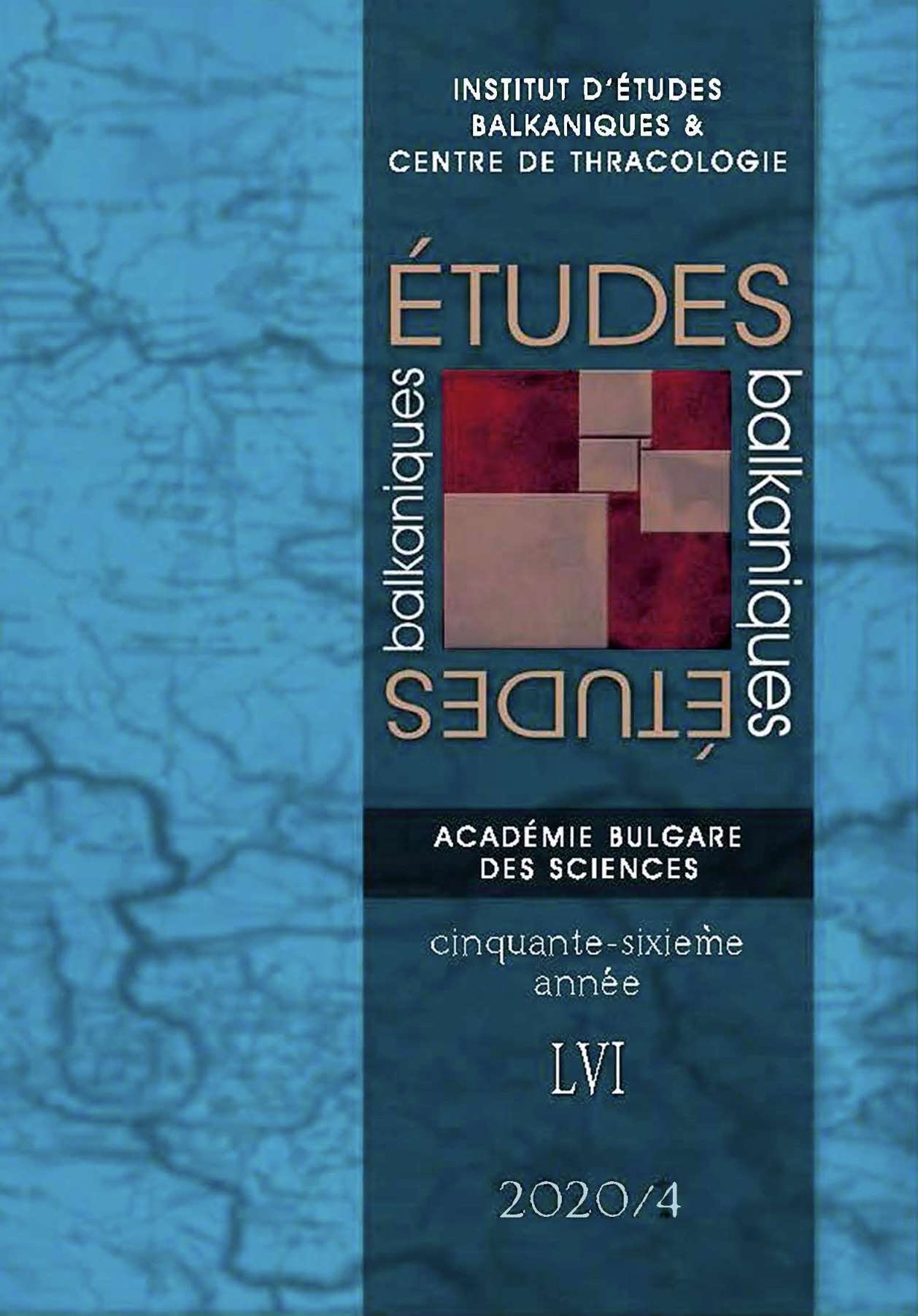
Although they were at the borders of the Europe of the Enlightenment, Romanians proved to be active and avid readers of the texts that marked their era. Following their quick conversion to Francophonie, they did not limit themselves to simply reading, but instead followed it up by translating these works more or less liberally. Thus, Voltaire, Rousseau, Montesquieu, Condillac, Fénelon (among others) started their long journey towards Carpatho-Danubian celebrity. In fact, their efforts to harmonize Romanian culture with the European culture of their time would not be updated before the blossoming of 18th-century studies in 20th-century Romania. The Romanian reading of the Enlightenment remains an unexhausted theme for research today, which is made all the more interesting by underlining the influence of 20th-century political vicissitudes on Romanian 18th-century studies.
More...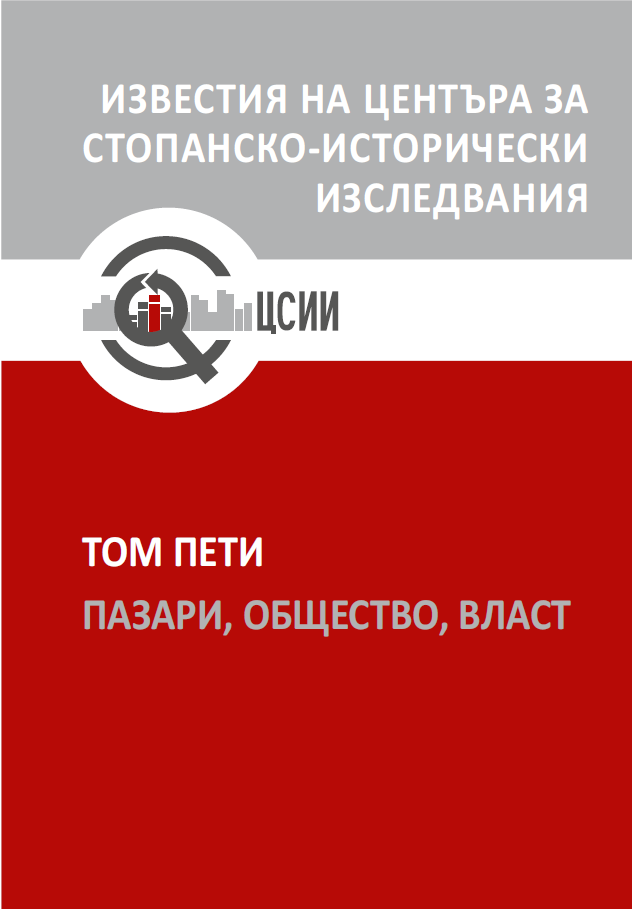
The proposed paper is devoted to some basic concepts such as power, markets and entrepreneurs. On the basis of some explanations and theoretical clarifications, I discuss their presence and role in the economic life during the Bulgarian National Revival period (19th century). Markets are created by enterprising people or function to meet their needs. In their turn, merchants carry out their activities by means of markets. In addition to specific places (the Uzundzhovo fair, the Sliven fair, etc.) where purchases and sales are made, markets may be considered as networks through which sellers and buyers interact with each other during the mentioned period. Goods, financial resources, information and trust, which are key to maintaining business relationships, circulate in the networks. Different types and levels of power are also important. They are crucial factor in case of unfair treatment or a dispute. Sometimes they are an obstacle that hinders enterprising people and their work. The proposed conclusions can certainly be enriched with more empirical data. However, I am convinced that economic theory would help to clearly define key terms, and the empirical data can illustrate and even correct imposed perceptions.
More...
The Revival was the period of economic and cultural rise of Bulgarians, without an existence of a state. It is the result of economic freedom and spontaneous order without centralized state power. The establishment of Bulgarian state did not lead to great economic prosperity, but to the reconstruction of the free economy to centralized one. One of the erudite of Bulgarian Revival was Vladimir Svintila. In his research dedicated to mentality and folk psychology, he reveals the economic ethos of Bulgarians during this period. The purpose of this paper is to present a different point of view to economic life of the Bulgarians during the Revival period, which in our opinion is contained in the books of Vladimir Svintila. It reveals facts that popular history conceals as they are not similar to the idea of national centralized state. For the needs of the research comparative historical analyses is used along with the network approach to complex systems.
More...
The article presents the Tanzimat (the reform period)–created municipality councils and their role in the Ottoman province administrative system. The focus is on the capitals that these councils successfully accumulated and managed. The employees will be presented responsible for the cash funds in the area and the amount of money. These financial assets were used for giving loans with interest. Yet another proof that when there is strong market demand, combined with feeble supply, the normative acts are usually ignored. The research is based on the published ten volumes of Ottoman statistical yearly editions on the Danube area chronologically comprising the period from 1868/1869 to 1877/1878. Besides, several materials have been used taken from the officious newspaper Dunav (Danube). These represent the administrative framework where municipality councils are located and function. Special attention has been paid to one publication of 5th January 1872, which proves that the municipality councilors used to lend money with interest.
More...